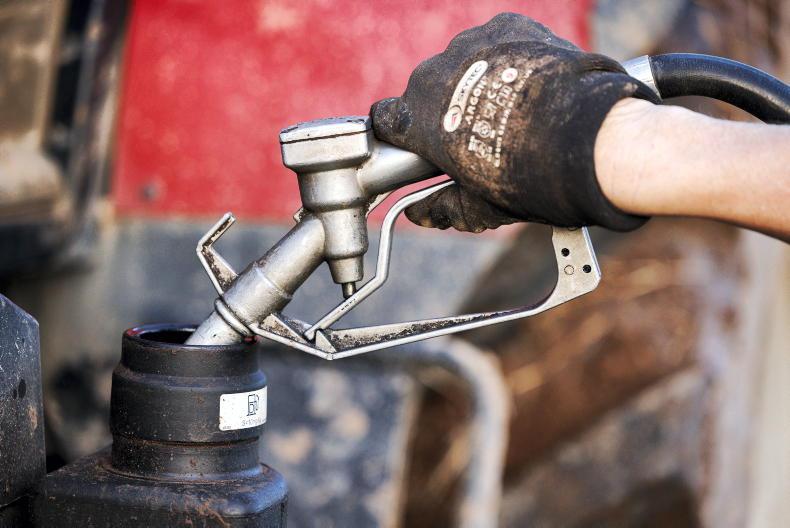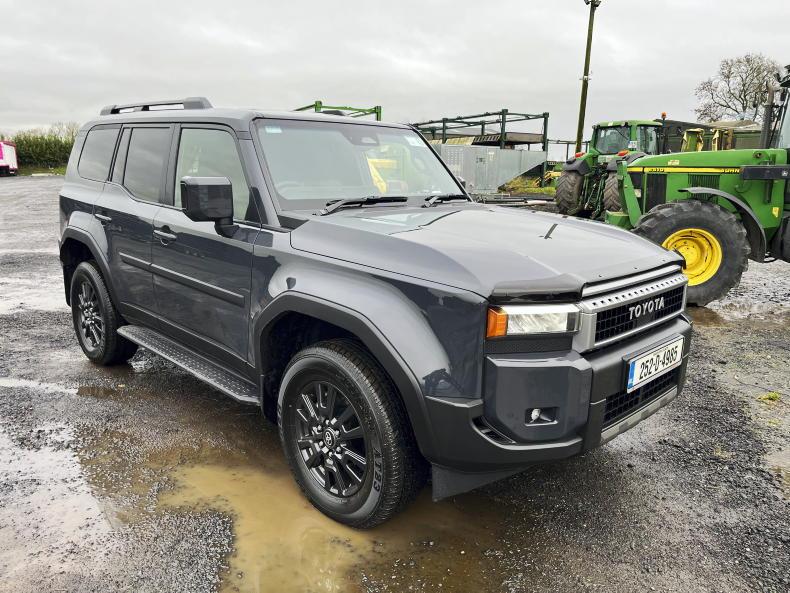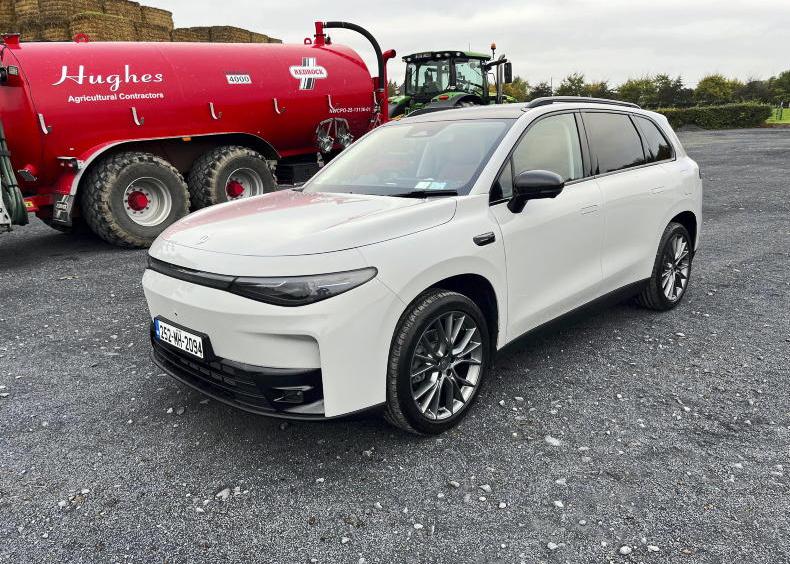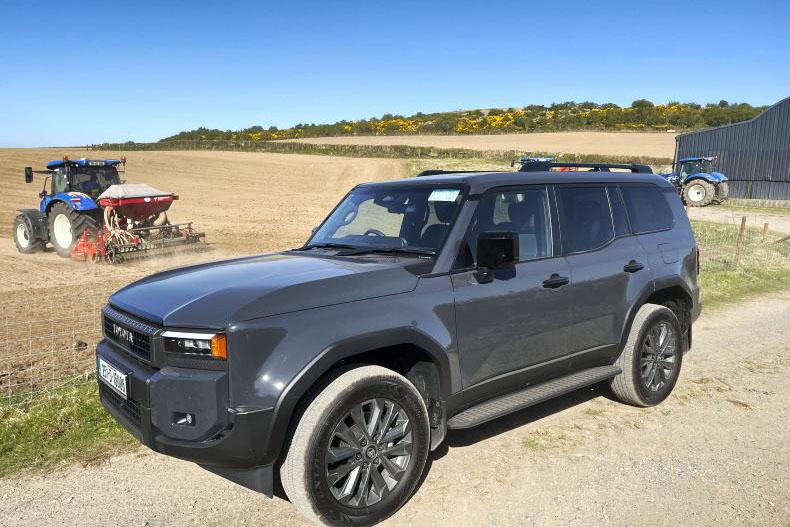Big estate cars are becoming as scarce a species as some of rare cattle breeds – add the option of a diesel engine and the word extinct comes to mind.
Not so at Skoda, where the large Superb Combi model still retains pride of place in the range, and rightly so.
Skoda is one of the few car brands that still retains diesel engine options, but it looks like when they are gone, they are gone, and that day is looming.
Skoda has promoted the use of Hydrotreated Vegetable Oil (HVO) as a diesel fuel replacement in its effort to provide a cleaner driving environment.
The emission results from HVO are clearly impressive, almost all the carbon emissions are eliminated and there’s a huge reduction in NOx emissions.
On a practical front, this latest-fourth generation Skoda Superb is the most fuel-efficient ever. You can’t doubt the Skoda claims of more than 1,200km from a 66-litre capacity fuel tank because they are possible.
The 2.0-litre turbo-diesel engine comes matched to a seven-speed DSG automatic gearbox that makes new economy levels fully achievable.
The engine is from the Volkswagen family and it’s well proven in terms of performance. New fuel systems have improved its economy. I found that the car could achieve its rated economy levels with ease and was particularly thrifty on motorways if you kept a modestly light foot on the pedal.
Cruising at 100km per hour with cruise control is the sweet spot in terms of economy and this engine has plenty of torque when you need to overtake.
Aerodynamic
Skoda claims that this new estate car is their most aerodynamic version ever, even though it’s slightly longer and higher than the previous model.
The more steeply raked windscreen and more streamlined roof deliver a 15 per cent better result in terms of aerodynamics and that also contributes to better fuel economy.
The Skoda Superb Combi was always known as a big car option and now the Czech brand has added an extra 30 litres of boot space in the new model, as if it ever needed it.
The car has also possibly the best rear seat comfort and space on the market. When all of that is built around a long wheelbase estate car, then comfort is guaranteed. The interior has a clean and spacious look.
On the inside, Skoda uses what they call Smart Dials to deliver a more tactile experience for controlling the heating system. The multi-function steering wheel provides control of many of the other driving features of the car.
Skoda has moved the DSG automatic transmission control lever from the centre of the car to a stalk to the right of the steering wheel.
This is increasingly being done by other brands, especially those within the Volkswagen Group, and it is easy to get comfortable with.
There is a new central position and free-standing or floating type 13-inch infotainment screen that’s easy to use. The dash of the car is modern and not cluttered.
Safety
This latest Superb has been well tested in terms of safety features and came out with an impressive five-star rating in the most recent Euro NCAP crash testing report.
Skoda has boosted the safety of its flagship diesel engine model with a new generation of sensors and safety assistance systems.
These include Turn Assist, Crossroad Assist and Collision Avoidance Assist now part of the enhanced Front Assist, while Skoda claims that its Travel Assist, Side Assist and Trailer Assist systems have all been significantly improved.

The new dash for the Skoda Superb Combi combines a central touch screen with tactile controls for the heating system.
The Superb Combi also has an impressive towing rating at 2000kg while many hybrid options will struggle to achieve half that figure. You need to specify the towing pack when buying the car, retrofits are becoming more complicated.
This is a big car with modest pricing for its size. I’ve looked at the three-year running costs based on the Skoda-rated economy figures and checked the depreciation levels based on eight equivalent used versions on a popular car sales website.
As with most modern cars, the depreciation cost is the painful bit, it’s over 40% across a three-year ownership period. Other than that painful cost, this car is very thrifty to own.
Depreciation pushes the ownership cost to a relatively high figure of €0.51 per kilometre over a modest 60,000km use range.

This new generation Skoda Superb Combi is more spacious with bigger boot space and easy access through wide opening doors.
Entry prices for the Skoda Superb Combi diesel start at €53,325 or £39,705 in N Ireland. The north-south price difference is more significant than with other brands, while depreciation costs north of the border are no lighter.
There are very few cars with this level of space, comfort and economy available at this price level anymore and the options are getting narrower.
The Skoda Superb Combi is in a sense unique in terms of the offer, it’s no longer cheap but it is competitive to buy while depreciation costs need to steady, or ownership costs will continue to be painfully high.
Big estate cars are becoming as scarce a species as some of rare cattle breeds – add the option of a diesel engine and the word extinct comes to mind.
Not so at Skoda, where the large Superb Combi model still retains pride of place in the range, and rightly so.
Skoda is one of the few car brands that still retains diesel engine options, but it looks like when they are gone, they are gone, and that day is looming.
Skoda has promoted the use of Hydrotreated Vegetable Oil (HVO) as a diesel fuel replacement in its effort to provide a cleaner driving environment.
The emission results from HVO are clearly impressive, almost all the carbon emissions are eliminated and there’s a huge reduction in NOx emissions.
On a practical front, this latest-fourth generation Skoda Superb is the most fuel-efficient ever. You can’t doubt the Skoda claims of more than 1,200km from a 66-litre capacity fuel tank because they are possible.
The 2.0-litre turbo-diesel engine comes matched to a seven-speed DSG automatic gearbox that makes new economy levels fully achievable.
The engine is from the Volkswagen family and it’s well proven in terms of performance. New fuel systems have improved its economy. I found that the car could achieve its rated economy levels with ease and was particularly thrifty on motorways if you kept a modestly light foot on the pedal.
Cruising at 100km per hour with cruise control is the sweet spot in terms of economy and this engine has plenty of torque when you need to overtake.
Aerodynamic
Skoda claims that this new estate car is their most aerodynamic version ever, even though it’s slightly longer and higher than the previous model.
The more steeply raked windscreen and more streamlined roof deliver a 15 per cent better result in terms of aerodynamics and that also contributes to better fuel economy.
The Skoda Superb Combi was always known as a big car option and now the Czech brand has added an extra 30 litres of boot space in the new model, as if it ever needed it.
The car has also possibly the best rear seat comfort and space on the market. When all of that is built around a long wheelbase estate car, then comfort is guaranteed. The interior has a clean and spacious look.
On the inside, Skoda uses what they call Smart Dials to deliver a more tactile experience for controlling the heating system. The multi-function steering wheel provides control of many of the other driving features of the car.
Skoda has moved the DSG automatic transmission control lever from the centre of the car to a stalk to the right of the steering wheel.
This is increasingly being done by other brands, especially those within the Volkswagen Group, and it is easy to get comfortable with.
There is a new central position and free-standing or floating type 13-inch infotainment screen that’s easy to use. The dash of the car is modern and not cluttered.
Safety
This latest Superb has been well tested in terms of safety features and came out with an impressive five-star rating in the most recent Euro NCAP crash testing report.
Skoda has boosted the safety of its flagship diesel engine model with a new generation of sensors and safety assistance systems.
These include Turn Assist, Crossroad Assist and Collision Avoidance Assist now part of the enhanced Front Assist, while Skoda claims that its Travel Assist, Side Assist and Trailer Assist systems have all been significantly improved.

The new dash for the Skoda Superb Combi combines a central touch screen with tactile controls for the heating system.
The Superb Combi also has an impressive towing rating at 2000kg while many hybrid options will struggle to achieve half that figure. You need to specify the towing pack when buying the car, retrofits are becoming more complicated.
This is a big car with modest pricing for its size. I’ve looked at the three-year running costs based on the Skoda-rated economy figures and checked the depreciation levels based on eight equivalent used versions on a popular car sales website.
As with most modern cars, the depreciation cost is the painful bit, it’s over 40% across a three-year ownership period. Other than that painful cost, this car is very thrifty to own.
Depreciation pushes the ownership cost to a relatively high figure of €0.51 per kilometre over a modest 60,000km use range.

This new generation Skoda Superb Combi is more spacious with bigger boot space and easy access through wide opening doors.
Entry prices for the Skoda Superb Combi diesel start at €53,325 or £39,705 in N Ireland. The north-south price difference is more significant than with other brands, while depreciation costs north of the border are no lighter.
There are very few cars with this level of space, comfort and economy available at this price level anymore and the options are getting narrower.
The Skoda Superb Combi is in a sense unique in terms of the offer, it’s no longer cheap but it is competitive to buy while depreciation costs need to steady, or ownership costs will continue to be painfully high.













SHARING OPTIONS